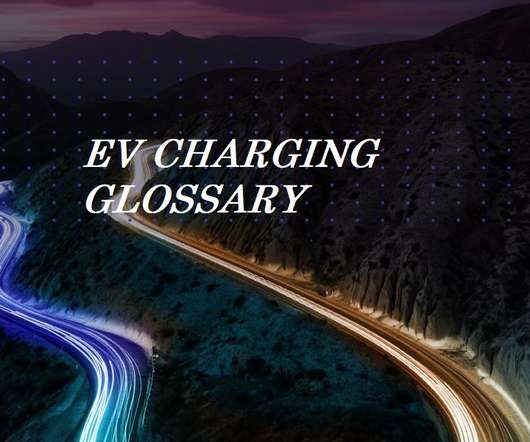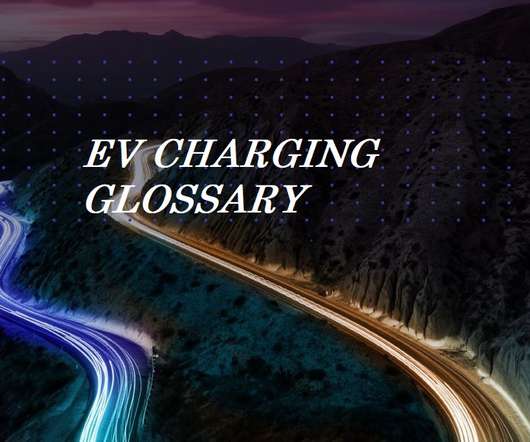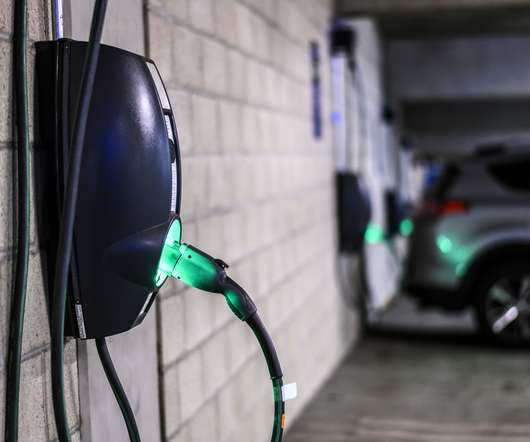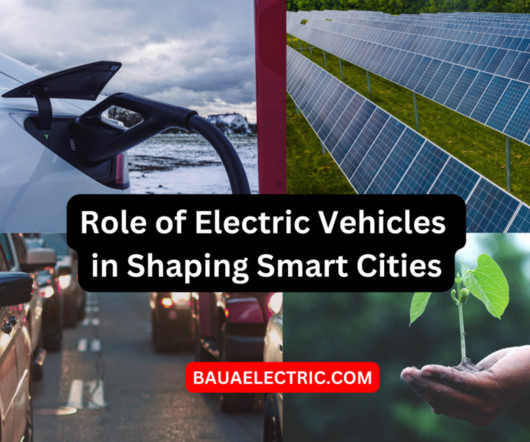What is Decarbonization?
Driivz
JUNE 22, 2022
Decarbonization (or decarbonisation) is reducing the amount of carbon dioxide (CO2) released into the atmosphere as a component of greenhouse gas (GHG) emissions. The intent of decarbonization is to reduce the impact of human activity on our planet’s climate in order to slow global warming. Why is Decarbonization Critical?












Let's personalize your content